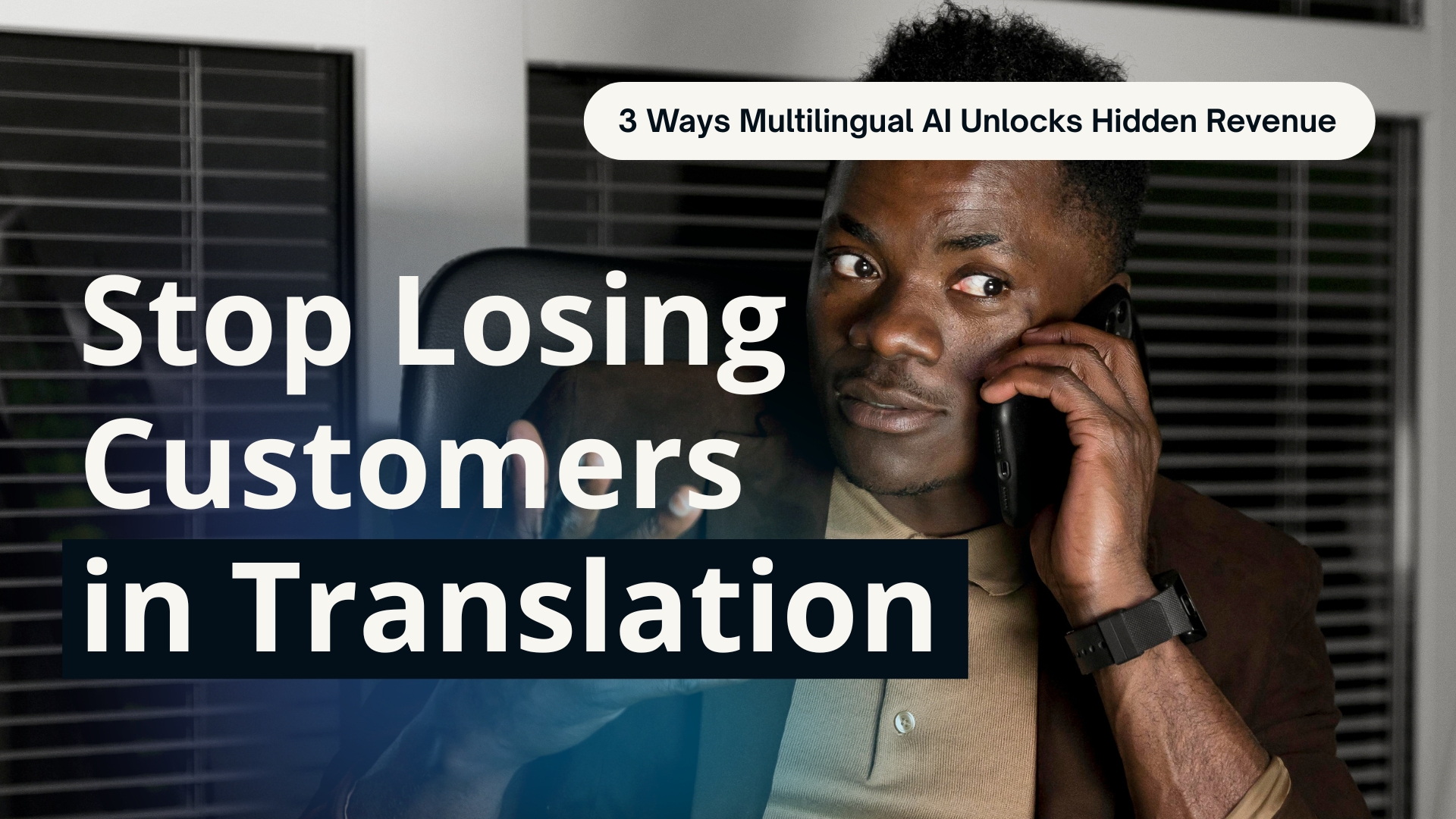In an era where customer expectations are higher and more dynamic than ever, contact centres find themselves at a critical intersection of technology and service delivery. No longer just cost centres or complaint handlers, these hubs of customer interaction are transforming into strategic assets—driven by innovation and digital tools. Modiri Motlhasedi, Head of Operations at Alteram Solutions and a respected leader in the contact centre space, shares his insights on how technology is not only reshaping operations but also redefining what exceptional customer experience looks like. From omnichannel integration to AI-powered solutions, the contact centre of today is smarter, faster, and more human than ever before
How technology is being adopted in contact centres to enhance performance.
As customer expectations continue to evolve, so too must the technologies that power modern contact centres. According to Modiri Motlhasedi, a seasoned contact centre operations leader and Head of operations at Alteram Solutions, the adoption of technology in the contact centre environment is no longer optional—it is foundational to delivering exceptional customer service, operational efficiency, and agent productivity.
Contact centres are adopting a range of technologies to enhance performance. Communication channels have become increasingly integrated, with omnichannel integration now a necessity. Customers expect a seamless experience across various channels or touchpoints. Modern contact centre platforms strive to provide a unified customer journey, ensuring context and history are maintained across all customer interactions. Cloud-based platforms have also become mainstream, offering scalability and cost-effectiveness.
Traditional technologies like Interactive Voice Response (IVR) have evolved beyond simple menu-driven systems to sophisticated tools capable of natural language understanding and intelligent call routing. Computer Telephony Integration (CTI), screen pop-ups, knowledge management systems, and workforce management platforms have also become central to daily operations. These tools collectively aim to streamline workflows, reduce complexity, and empower agents with the resources they need to succeed—especially in high-volume, multi-skilled environments like those Motlhasedi manages.
A concrete example comes from his work with government departments and state-owned entities, where legacy systems once operated in silos. Through the integration of disparate platforms into a unified CRM system and the implementation of intelligent workflows, his team reduced claims processing times from over 180 days to just 30 days. Average handling times for certain processes were also reduced, showcasing the tangible impact of well-implemented technology.
How this is evolving with the emergence of AI
The arrival of AI in the contact centre space marks a pivotal shift—not just in how tasks are performed, but in how service is conceptualised. AI is helping contact centres transition from being reactive support hubs to proactive service engines.
Motlhasedi points to several AI-powered tools reshaping the landscape:
- Virtual agents and chatbots are now capable of handling high volumes of routine inquiries 24/7, freeing up human agents for more complex tasks.
- Sentiment analysis and speech analytics uncover emotional cues and pain points in real-time, helping teams improve customer experiences before dissatisfaction escalates.
- Intelligent routing ensures that customer queries are matched with the most qualified agents, improving first-call resolution rates.
- Automated quality assurance evaluates interactions at scale, identifying coaching opportunities and compliance risks faster than manual reviews ever could.
Modiri emphasises that AI doesn’t replace agents—it augments them. By automating repetitive tasks and offering real-time support, AI tools allow agents to focus on more engaging, human-centric issues. This not only improves agent satisfaction but also boosts the quality of customer interactions.
Ultimately, the integration of AI in contact centres enhances customer experience, streamlines operations, and reduces costs—without sacrificing the human touch. As Motlhasedi puts it, AI is not a threat to the workforce but a powerful ally in building smarter, more responsive service ecosystems.
The insights from Modiri Motlhasedi underscore a clear trajectory for the modern contact centre: a journey of continuous technological advancement where intelligent integration is paramount. From the foundational adoption of omnichannel platforms and cloud-based solutions to the transformative power of AI-driven virtual agents, analytics, and automation, technology is reshaping how contact centres operate and deliver value. The key takeaway is not a replacement of human interaction, but rather an intelligent augmentation. By embracing these evolving technologies, contact centres can streamline operations, empower their agents, elevate customer experiences, and ultimately transition from reactive support functions to proactive and efficient service engines, solidifying their role as crucial drivers of business success.







